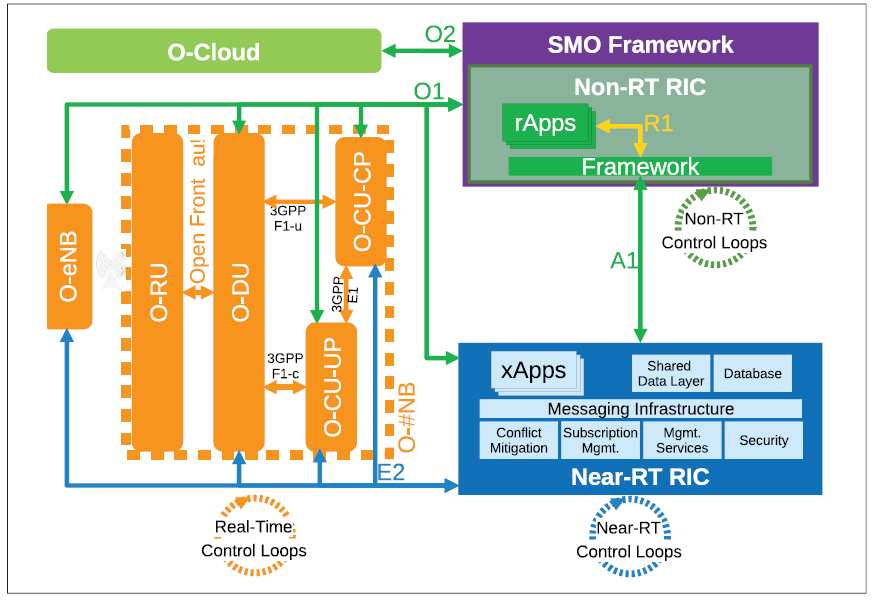First, to understand the function of the fronthaul M-Plane, let’s remember the Fronthaul Planes, Please read this and continue. What are C/U/M/S Fronthaul (FH) Planes in ORAN ? What is […]
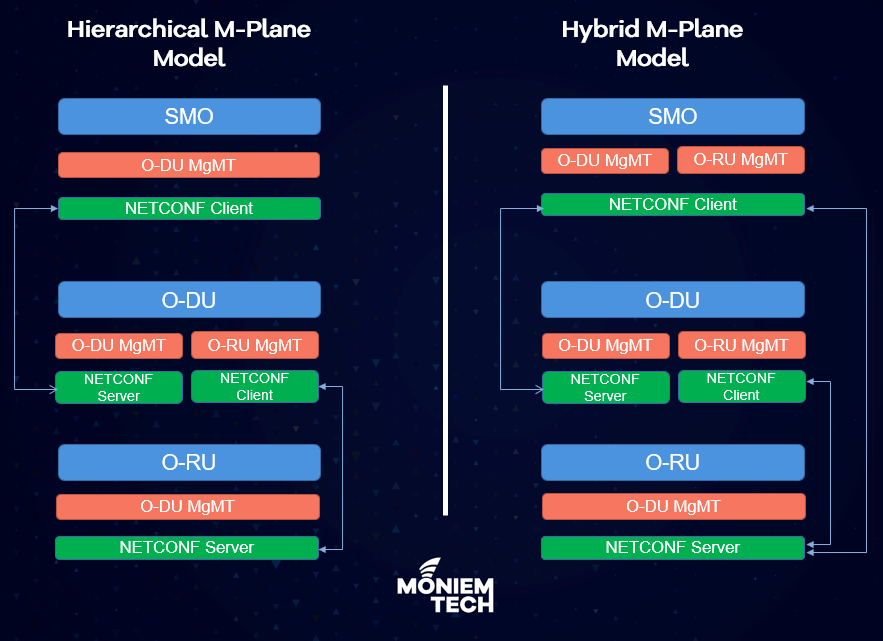

For example, if we are looking at 5G RAN which is composed of a variety of subsystems including network elements such as the baseband unit (BBU) and remote radio Unit […]
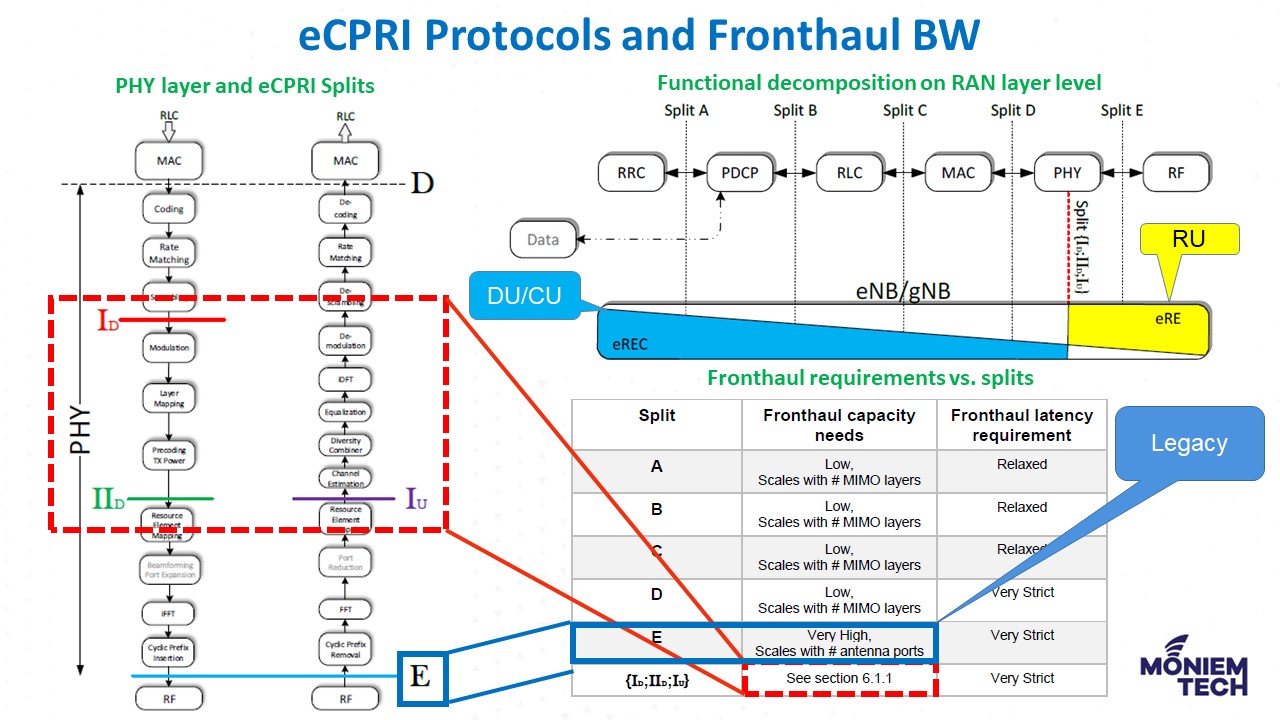
? CPRI is standardized by the Common Public Radio Interface forum with the first specification in 2003 with some features It is based on functional split 8 (Split E in […]
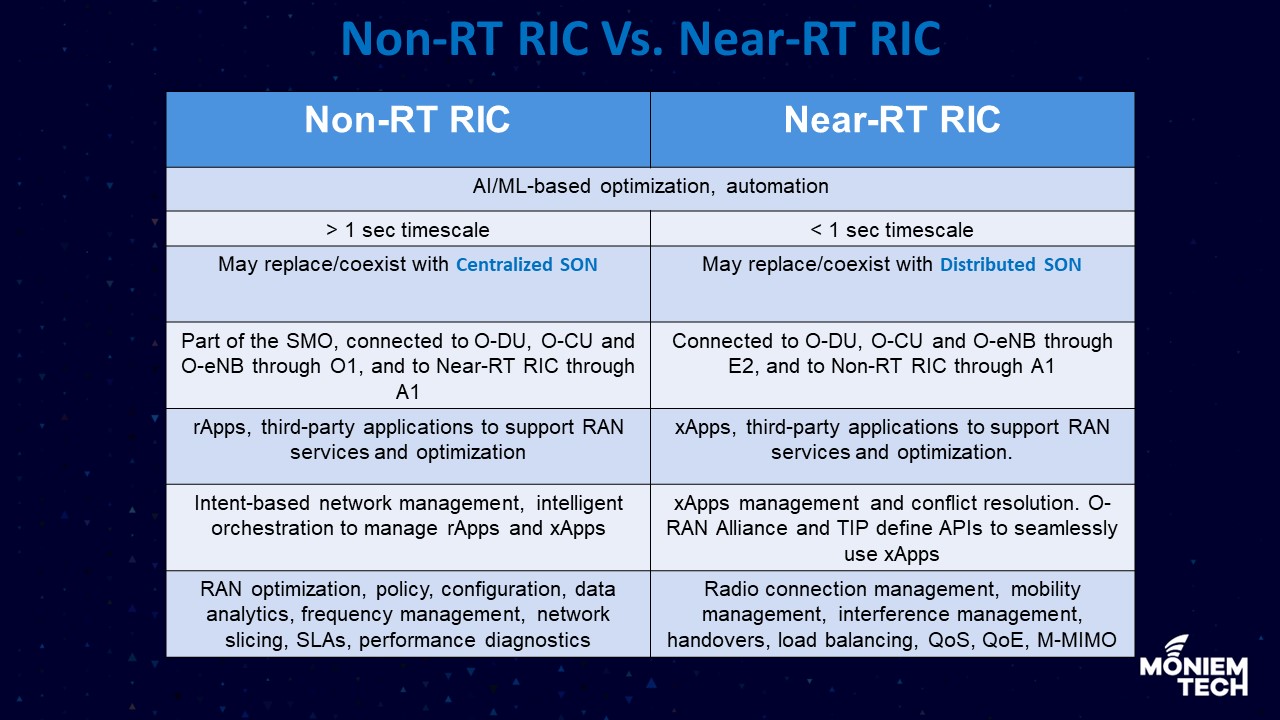
The RAN intelligent Controller (RIC) is cloud-native, and a central component of an open and virtualized RAN network. The RIC aligns with 3GPP release 15 and beyond. It is foundational […]

Open RAN by disaggregation involves CU (Centralized Unit) and DU (Distributed Unit) virtualization. By decoupling hardware and software, Open RAN makes it possible to select different vendors and solutions for […]
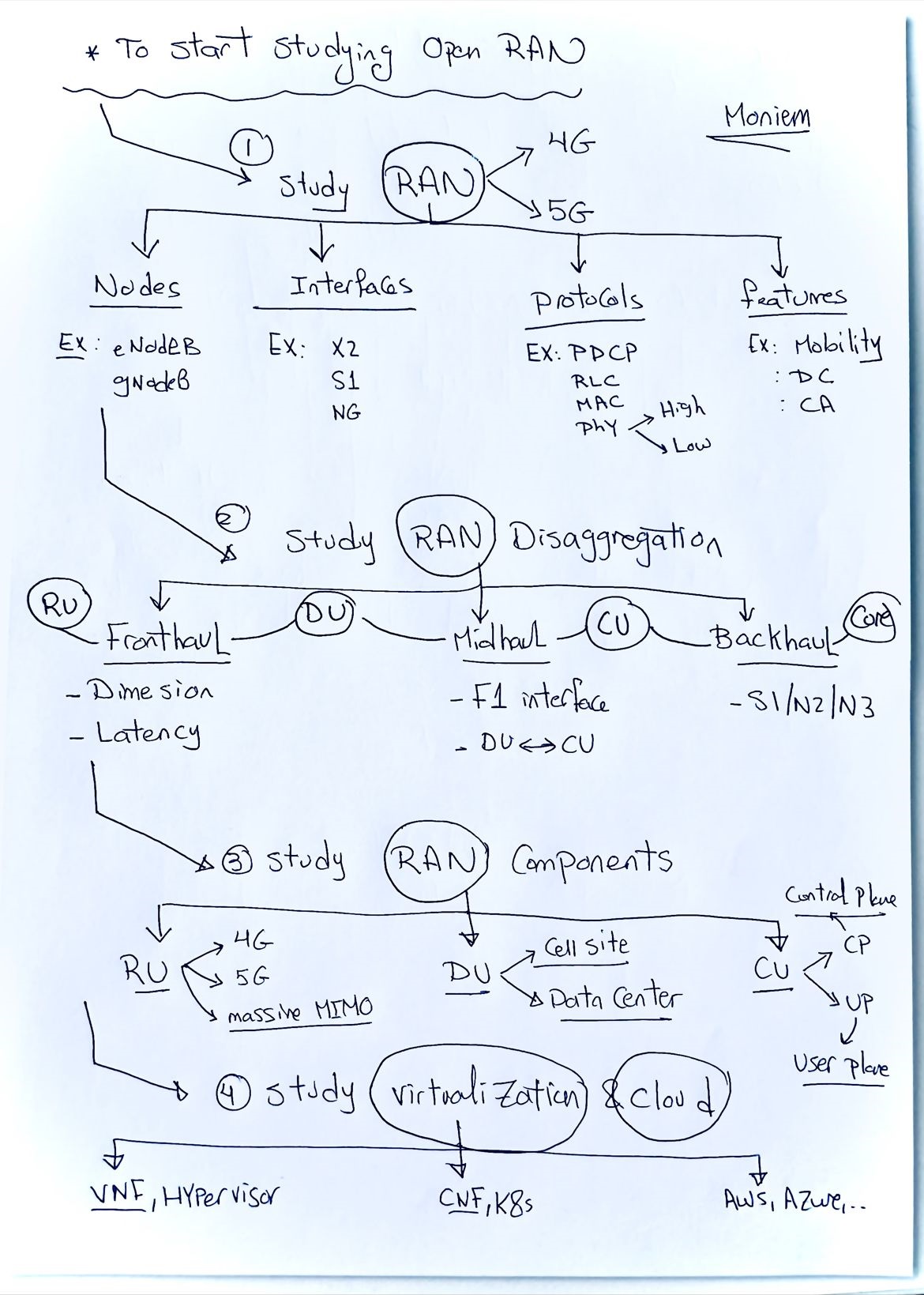
The Open RAN concept is based on open and standardized interfaces, which grant interoperability. Thus, it enables multiple vendors to provide different parts of hardware and software. ? Although various […]

The RAN has been considered the most expensive part of network deployment. RAN consists of around 60-70% of the network Capex. The Open RAN (Open Radio Access Network (RAN) Journey […]

Virtualized radio access networks (vRANs) are a way for telecommunications operators to run their baseband functions as software. One of the primary benefits of virtualizing radio access networks (RANs) is […]
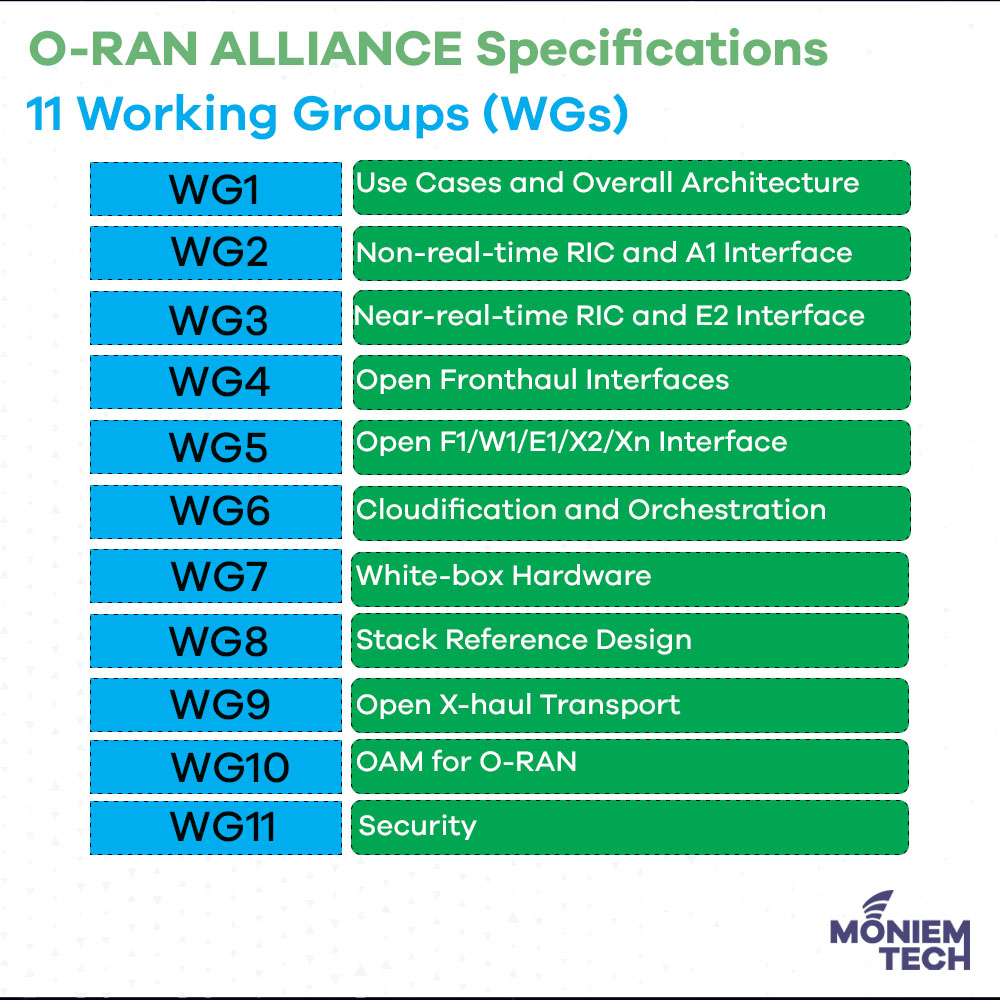
What is O-RAN Alliance? O-RAN Alliance is a global alliance founded in 2018. As of June 2022, the O-RAN Alliance had 345 members and contributors (O-RAN Alliance only allows communication […]
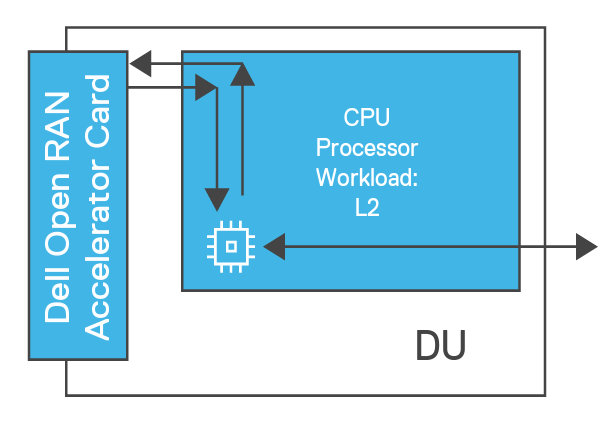
OpenRAN based on legacy compute architectures utilizes an excessively high number of CPU cores and energy to support 5G Layer 1 (L1) and other data-centric processing, like security, networking, and […]

